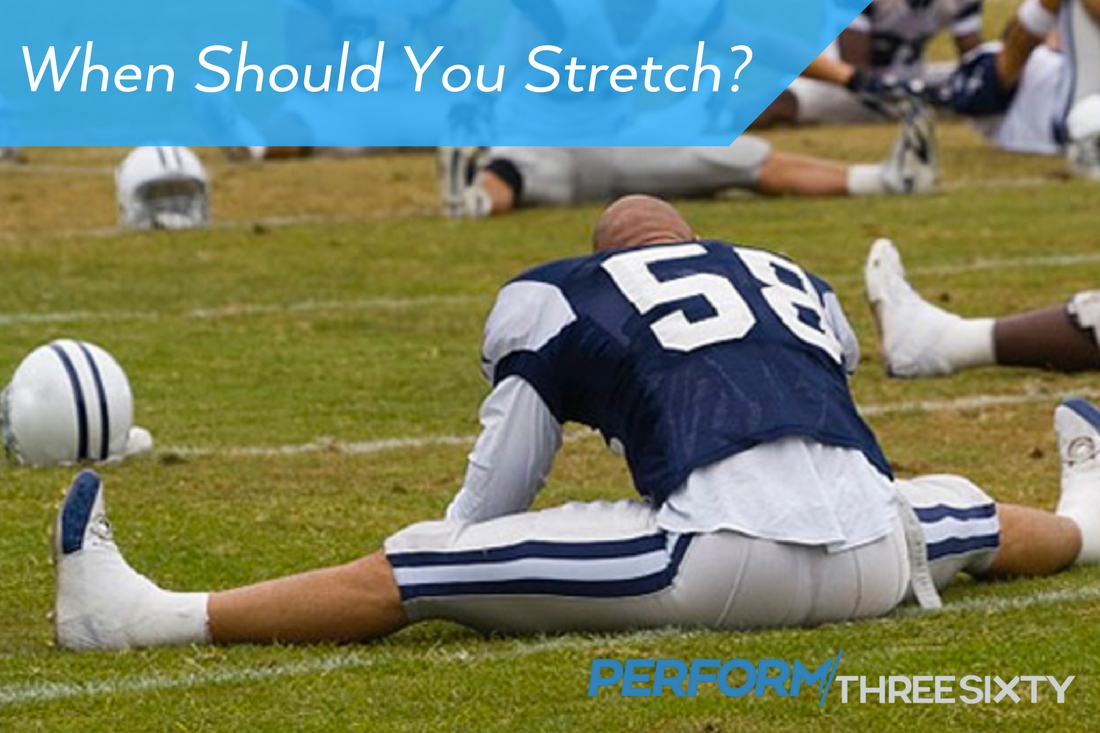On a recent visit to P360, two colleagues and I were treated to a gruelling yet enjoyable functional workout, put through our paces by Jason. Once I had recovered and regained control of what felt like jelly filled legs, I was left to reflect on the thorough, systematic and professional approach that the P-360 team have integrated into their gym. Focussing on functional movements, correcting mal-adaptive postures and movement patterns, they manage to incorporate science, enjoyment and a feeling that by the end of the session you have worked to your maximal capacity in an all encompassing work-out style.
One of the areas that I was most impressed with was how the trainers chose specific stretching techniques at specific points of the session. To the unassuming or untrained eye, it may just seem like a normal part of the exercise session. However, when it is broken down and analysed it becomes apparent that the stretching techniques chosen have been carefully thought through and scientifically match the stage of the workout.
Here’s how it works….
Stretching, more formally known as flexibility training, comes in different forms with varying degrees of advantages and disadvantages. Here I will discuss briefly the different methods of stretching and the practical applications in each case.
During the warm-up we were taken through a series of dynamic stretches. Dynamic stretches are controlled, specific movements that are used to prepare our bodies for activity. It promotes dynamic and functional flexibility, often involves multiple joints and replicates the movement patterns that will be used in the ensuing exercise. Used as part of the warm up is a perfect application, improving co-ordination, strengthening the contracting muscles and keeping the core body temperature elevated so that muscles and surrounding tissues remain pliable. Although dynamic stretching is not as effective as static stretching for producing long-term gains in muscle flexibility, it serves the purpose of getting the body prepared and ready for activity.
As we moved through the exercises, the trainers were closely analysing our movement patterns and exercise form, identifying tight structures that were inhibiting optimal movement. In the break between sets, we were each encouraged to perform PNF style stretches of various individual muscles. Proprioceptive Neuromuscular Facilitation (PNF) were developed by physiotherapists in the 1950’s and have since been perfected for use in the athletic world. PNF stretches utilise muscular contraction to elicit relaxation in muscle groups and are highly effective for producing short-term increases in flexibility; giving instant results to induce a change to exercise form between sets.
To end the session the focus was switched to static stretching of the major muscle groups that had been used. Static stretching involves elongating the muscle to its tolerance and holding that position for 30 seconds before relaxing, with each stretch repeated 4 times. 30 seconds has been shown in scientific studies to be the recommended time to hold a static stretch, allowing sufficient time for the muscle to relax without causing permanent connective tissue lengthening or increasing the risk of injury. Although the adaptations of static stretching disappear within one hour post exercise, consistent and frequent use can result in long-term flexibility gains. The instruction given during the static stretches by the trainers empowered us with the knowledge and practical application to continue these stretches in the post exercise period, aiding recovery and overall flexibility. Static stretches performed prior to exercise can result in a temporary strength reduction which doesn’t occur with dynamic stretches.
In summary, the correct stretching techniques, performed at the appropriate times can complement and facilitate improved training outcomes; conversely, incorrect stretching techniques can negatively affect training, adaptation and growth. The importance of this is clearly not lost on the team at P-360 and is just one example of how they use thorough, evidence-based training techniques with great success.

Ciaran Caldwell, BSc (Physio) Physiotherapist
Web: www.performancepodiatry.com.au
Phone: 07 3846 4800
Address: Suite 2B, 90 Vulture Street, West End, Queensland 4101
Postal: PO Box 5325, West End, Queensland 4101


